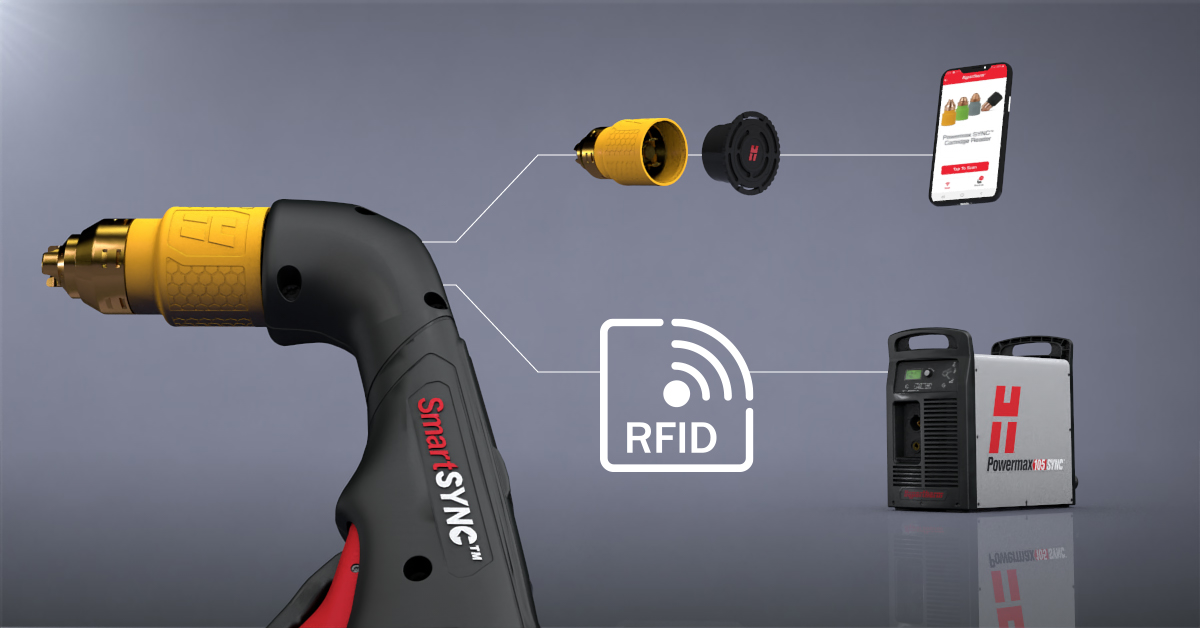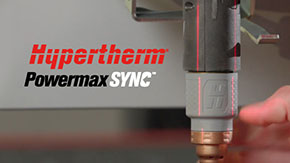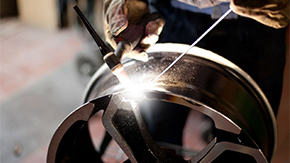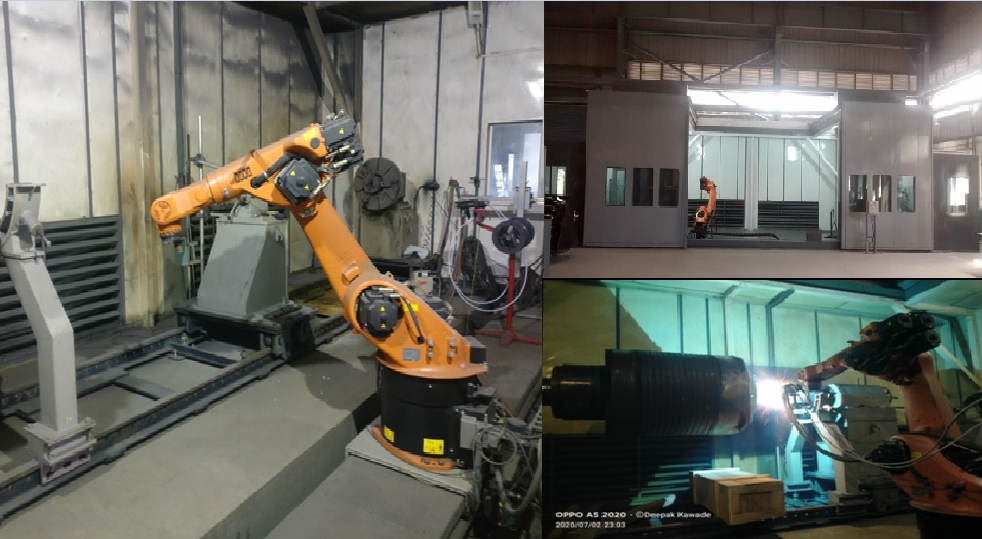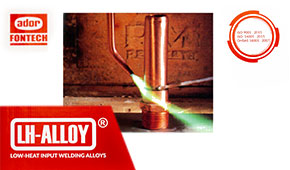How Does Plasma Cutting Work? Advantages & Disadvantages
Table of Contents
- Plasma Cutting Process
- Plasma Process – Advantages & Disadvantages
- Plasma Cutting – Capabilities & Advantages
- Plasma Cutting – Disadvantages
- Gas Cutting or Oxy-fuel Cutting Process
- Gas Cutting or Oxy-fuel Cutting – Advantages
- Gas Cutting or Oxyfuel Cutting – Disadvantages
- Summary
How Does Plasma Cutting Work? Advantages And Disadvantages
Plasma Cutting Process:
A plasma arc is super-hot and capable of melting metals instantly. This arc basically consists of ionized gas formed when electricity and pressurized gas combine. The gas shapes the arc and also blows away any excess molten metal, leaving a smooth cut edge.

Plasma cutting systems consist of :
- A plasma cutting power source
- Compressed air to enable cutting
Plasma Process – Advantages & Disadvantages:
To understand the advantages of Plasma Cutting process it’s essential to compare it to the conventional cutting process used in industry, namely the cutting process using oxyacetylene.
Plasma cutting using a plasma cutting power source with compressed air is useful for cutting all conductible material including both ferrous and non-ferrous materials, while in Oxyfuel cutting with a gas cutting torch, oxygen, and acetylene gas are used for cutting steel/ferrous material. This demarcates the major difference between the two processes.
So let us understand the basic intricacies of plasma cutter gas cutting or oxyfuel cutting in detail.
Plasma Cutting – Capabilities & Advantages:
- Cut and gouge any electrically conductive metal like MS, SS, AL, alloys, etc.
- Cut through rust, paint, coatings, and stacked metal
- Cut with air. No gas, like acetylene or oxygen, required
- Cut fast and clean up to 50mm, no pre-heating
- “Plug and play” & drag-cutting features
- Easy to use and automate
- Small heat-affected zone
- Can be used for cutting wire gauze or even filtering systems
- Plasma cutting machines are available, and some of them offer portability
- Plasma cutting with inbuilt compressor for all off-site applications
- Faster process and easy to teach & train welders
- Very safe process for both the welder and user
- Some plasma cutting equipment like Hypertherm can operate on input voltage from 200 V to 600 V. This means the same machine can be used with single phase as well as three phase circuitries.
Plasma Cutting – Disadvantages:
- Does not heat metal for bending
- Initial investment is higher (but has good return on investment)
- Does not efficiently cut much thicker than 75mm MS
- Requires electrical energy or electricity for cutting
- Requires compressed air for cutting
- Slightly more complex settings in comparison to Oxyfuel cutting
Gas Cutting or Oxy-fuel Cutting Process:
Oxyfuel cutting torch heats ferrous material to ignition temperature with an oxygen/fuel gas flame. So, the high-pressure oxygen reacts with the metal to create iron oxide (slag) and blows and cuts the metal away.
In this process, a cutting torch, oxygen gas, and acetylene are primarily used for cutting.
The hazards caused by this process are:
- Fire hazard from heat, sparks, molten metal or the flame itself
- Explosions caused by cutting up or repairing containers that hold or used to hold flammable materials
- Gas leaks, backfires and flashbacks causing fire or explosion
- Fumes caused by flame cutting
- Mishandling of oxygen resulting in fire/burns
- Contact burns caused by the heated metal or flame
- Impact injuries or crushing when handling and transporting cylinders
Gas Cutting or Oxy-fuel Cutting – Advantages:
- Can effectively cut steel only
- Most effective when cutting over 50 mm
- Use anywhere cylinders are available
- Relatively low initial acquisition cost
- Heat metal for bending
Gas Cutting or Oxyfuel Cutting – Disadvantages:
- Cuts only mild steel.
- Metal must be pre-heated to pierce.
- Hard to cut metal that is heavily painted, rusted, or stacked.
- Much lower speed of cut compared to plasma
- Hand cutting requires skill – standoff
- Must use flammable gasses.
- Metal warping and heat-affected zone
Summary:
Oxyfuel and plasma cutting are both reliable and established thermal processes used for cutting steel. Each offers it own advantages and disadvantages. Choosing one or the other would be entirely dependent on the specific needs of a business.
- Oxyfuel requires the lowest capital and operating cost. But the costs per part, in the end, are higher due to its slow cutting speeds and lower cut quality, which often call for secondary operations. Oxyfuel is primarily used for cutting only thick carbon steel (greater than 50mm), provided its cut quality is not of any importance.
- When we use Plasma, we get a good balance in terms of capital costs as well as an optimal mix of cut quality, productivity, and operating costs. It can offer the highest cutting speeds and material flexibility and can also cut through significant ranges of thickness.
For most hand-cutting applications today, industries are preferring plasma cutting, given that it is vitally important to ensure the safety and personal protection of the welder.
Ador Fontech Limited, a name synonymous with total Maintenance & Repair solutions, recommends Hypertherm plasma cutting with Duramax Torch and consumables as a robust plasma cutting solution to all our customers for any cutting and gouging application on their premises.
Reclaim – Do not replace



